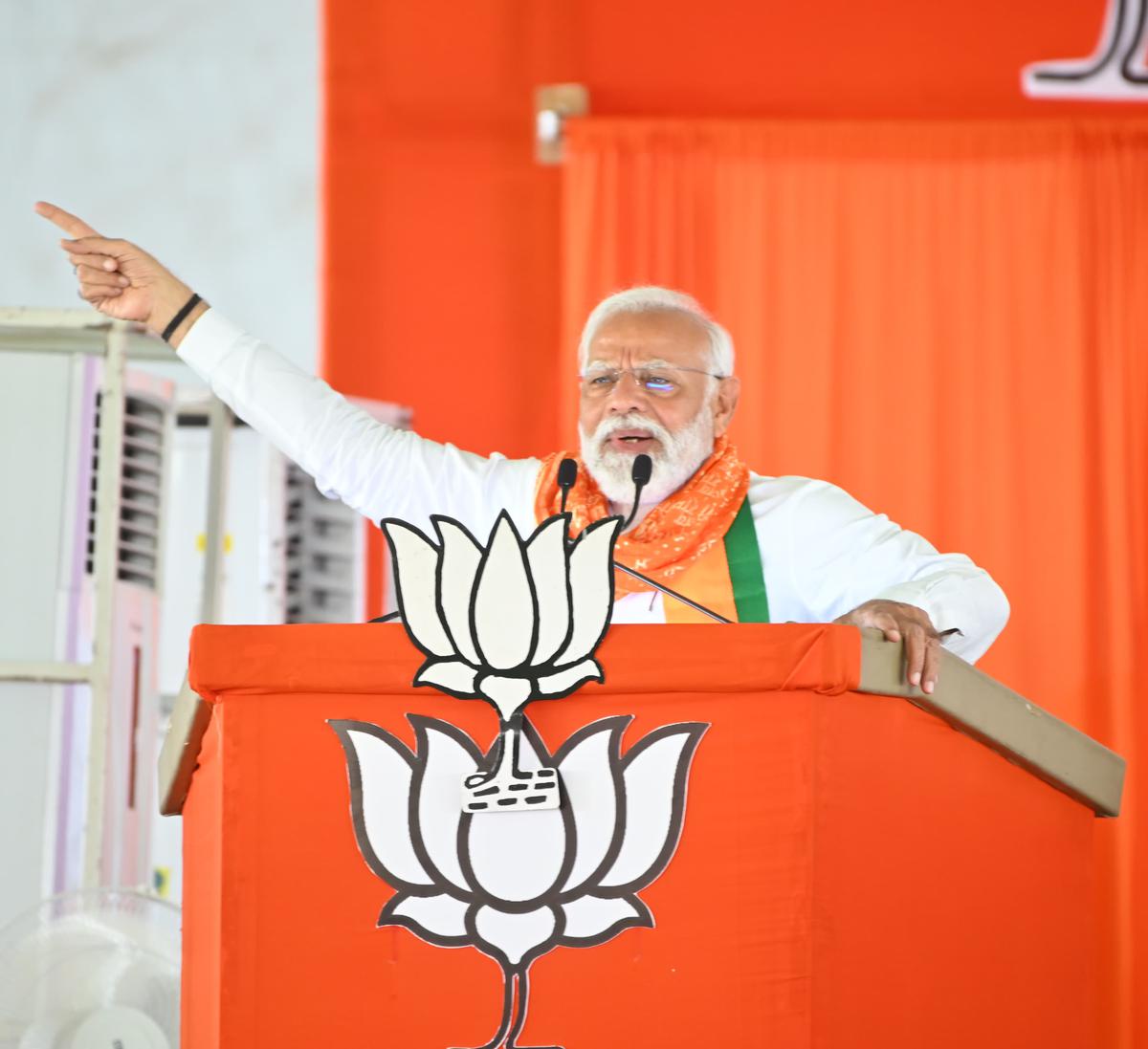NEW DELHI: Rahul Gandhi has done only 44 public rallies and interactions until 11 May.
From the time the general elections were declared on 16 March and until 11 May, when the campaigning for the fourth phase ended, Prime Minister Narendra Modi had done 115 public rallies and road shows in the 57-day time period in between these two dates. With 19 days of campaigning still remaining between Sunday and the final phase of polling on 1 June, it is expected that he will have done at least 30-35 more such public engagements. The campaigning, as per rules, is stopped two days prior to the polling date.
Polling on 285 seats had taken place at the end of the third phase, with 96 seats going to the polls in the fourth phase on 13 May.
Bharatiya Janata Party president Jagat Prakash Nadda has done 44 rallies and 17 road shows in the same time period. His predecessor and Home Minister Amit Shah did more public engagements than him, 77 rallies and 20 road shows.
Former Congress president and Lok Sabha Member of Parliament, Rahul Gandhi, has done even fewer engagements—only 44 public rallies and “jansamparkam” (public interactions) in the same period. These include five such events in Wayanad, Kerala, from where he himself is contesting, as per the details shared on the Congress website under the category “Rahul speaks,” which covers his public interactions, including one-on-one interactions, addresses to selected audiences, and joint political rallies.
BJP leaders say that the programs of star campaigners are decided on the basis of the demand that comes from the state party leaders and candidates, apart from the assessment of the central functionaries and the Prime Minister’s Office.
It is no surprise that PM Modi is in maximum demand, which is confirmed by the number of public interactions that the 73-year-old leader has done compared to the 63-year-old Nadda, 59-year-old Shah, or, for that matter, 53-year-old Rahul.
According to party functionaries, despite doing their best to accommodate the maximum possible requests for the PM’s rallies and road shows since 16 March, at least 35-40 such requests could not be fulfilled until the end of the third phase campaign. This was because it was not humanly possible for the PM to do more such engagements as moving from one place to another takes time and needs a lot of homework by both the PM and his support staff, apart from the local leaders because each region has its own unique dynamics and issues and diverse voter bases.
The benefits of the personal outreach exercise that is done by PM Modi are multiple. By conducting rallies and roadshows, the PM connects with voters directly, especially swing voters. This leads to the building up of a “mahol” (public sentiment) of the BJP candidate among the electorate. PM Modi’s rallies and road shows not only attract massive crowds but also receive extensive media coverage in both traditional and social media, which helps the BJP reach out to a broader audience beyond those physically present at the events

